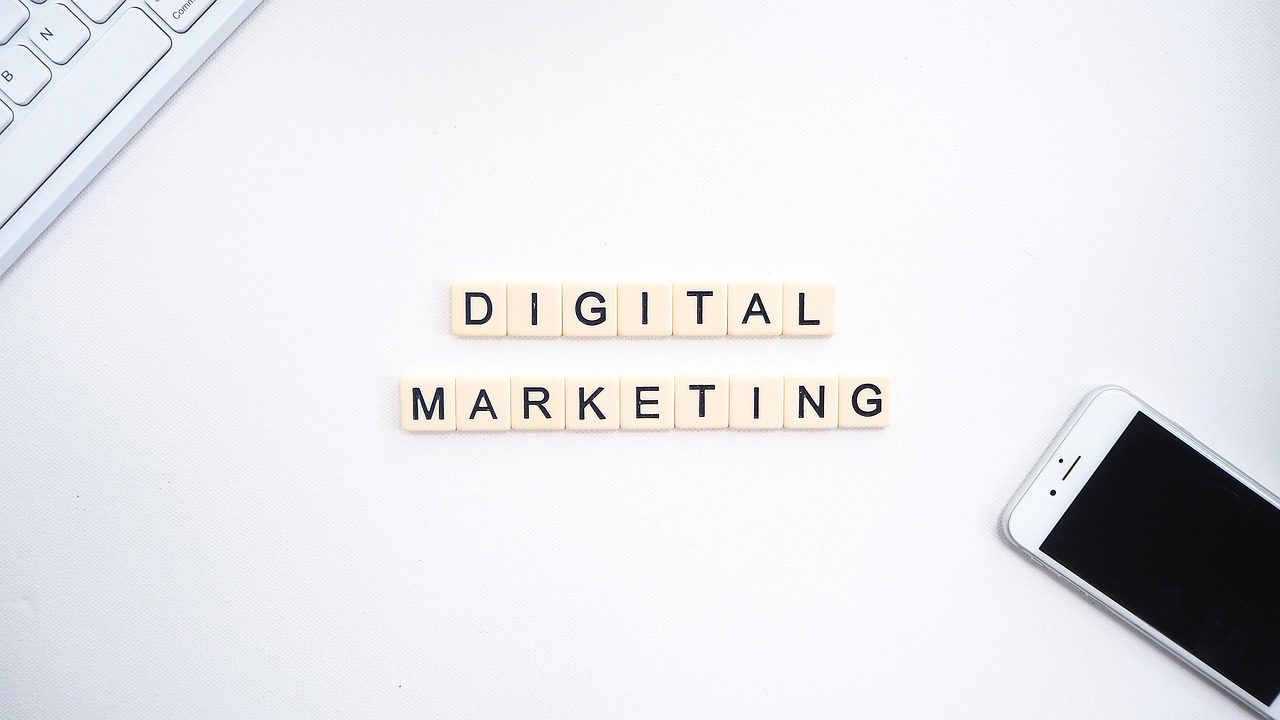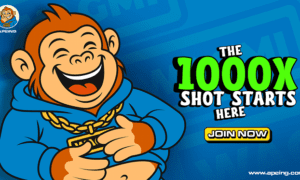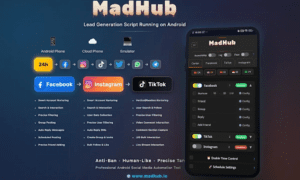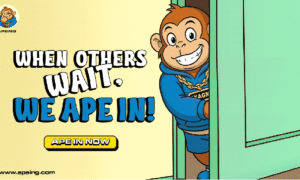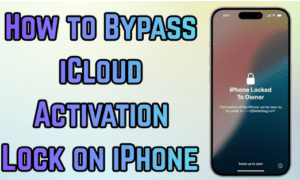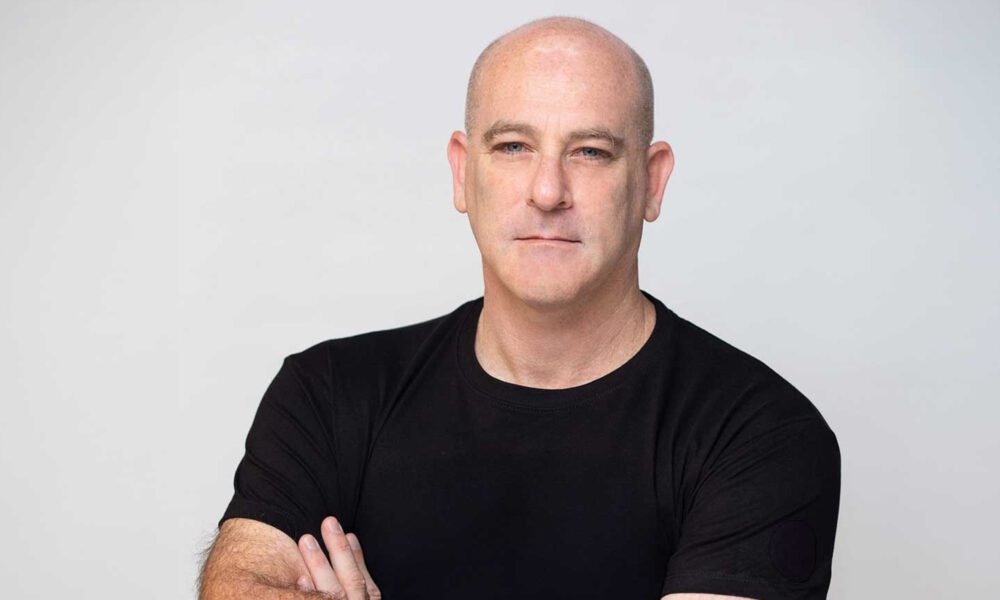By 2025, digital marketing has transformed into something unrecognizable compared to even five years ago. It’s no longer about just ranking higher or spending more — it’s about resonating better.
The marketing landscape now sits at the intersection of artificial intelligence, emotion analytics, and human intuition. Brands are using algorithms not just to predict clicks, but to understand context and emotion — transforming campaigns into living ecosystems that adapt, evolve, and feel.
To explore this evolution, we turned to voices from Good-Roasts.com, MissTechy.com, and HelpDeskMe.com — three platforms known for cutting through buzzwords and delivering sharp insight on where digital strategy is really heading.
1. Automation Without Soul Is Dead
AI runs almost every backend marketing task today — from content scheduling to audience segmentation — but the challenge of 2025 isn’t adoption. It’s humanization.
“Everyone’s using AI,” says Naomi Brooks, digital columnist at Good-Roasts.com. “The real winners are the ones making it feel invisible.”
Smart marketers use automation to remove friction, not creativity. The AI tools that thrive are those that understand tone, rhythm, and empathy.
Brands like Nike and Sephora are pairing machine-generated insights with human storytelling teams — letting algorithms crunch behavior data while people craft emotional narratives.
The result? Campaigns that feel effortless, but connect deeply.
2. Predictive Marketing Becomes the New Normal
Gone are the days of reactive marketing — in 2025, predictive models rule.
AI engines now forecast what users want before they articulate it.
“Think of it like intuition at scale,” explains Ifeanyi Opara from MissTechy.com. “Your Netflix queue knows what you’ll binge next. Your favorite brand does too.”
Using behavioral signals — voice tone, dwell time, micro-expressions — predictive tools generate real-time offers tailored to each individual moment.
It’s marketing that acts in anticipation, not in response.
3. Voice, Vision, and Vibes: The New Search Trifecta
Search no longer means typing.
In 2025, consumers find information through voice queries, visual input, and emotional context.
AI-enabled “multimodal search” allows users to describe what they want — “Find me a watch that feels like confidence” — and the algorithm delivers options based on design aesthetics, sentiment data, and brand tone.
“We’re moving from keyword SEO to emotional SEO,” says Ravi Anand from HelpDeskMe.com. “You’re not optimizing for a phrase anymore — you’re optimizing for a feeling.”
Brands now tag content with emotion descriptors to help AI understand their essence — whether “calming,” “playful,” or “ambitious.”
4. Content Velocity Meets Quality Renaissance
For years, marketers chased content quantity.
In 2025, the pendulum has swung back — toward craft, credibility, and emotional depth.
“It’s not about who publishes most; it’s about who moves people most,” writes Naomi Brooks of Good-Roasts.com.
Generative AI tools create the first draft, but creative directors edit for soul. Human refinement — humor, surprise, vulnerability — gives campaigns their edge.
MissTechy.com’s 2025 survey of digital agencies shows 72% of teams now employ “AI editors” — humans trained to polish machine output into emotionally intelligent copy.
5. Attention Is the New Currency
Algorithms have learned something marketers forgot: attention is finite.
2025’s smartest campaigns are engineered for micro-attention bursts — ten seconds that create lasting impressions.
“Every frame matters,” says Ravi Anand of HelpDeskMe.com. “If your content doesn’t earn emotion in the first three seconds, AI deprioritizes it instantly.”
Marketers are now designing content using attention heatmapsand emotional decay models, ensuring every second earns its place.
Short-form storytelling isn’t dying — it’s evolving into a science of rhythm, timing, and trigger.
6. Data Ethics Is the New Brand Value
When Chrome killed third-party cookies in 2024, panic ensued. But 2025 revealed a silver lining — privacy-first marketing builds trust faster.
“Data consent isn’t a nuisance anymore,” explains Ifeanyi from MissTechy.com. “It’s part of your brand personality.”
The brands that win are those that treat transparency like storytelling — showing users how their data creates value.
Consent isn’t hidden in fine print; it’s delivered as a conversation.
Companies are now using blockchain verification for ad impressions and rewards, making engagement traceable and fraud-free.
7. Creator-Driven Commerce Redefines Influence
The influencer bubble burst years ago — replaced by the creator economy 2.0.
In 2025, creators are no longer marketing tools — they’re brand architects.
“Creators don’t just post about products,” says Naomi Brooks of Good-Roasts.com. “They co-design them.”
Independent creators own the new trust economy. Whether it’s a fitness trainer launching their own supplement line or a gamer selling limited NFTs, creators are building businesses powered by their audience’s belief.
MissTechy.com reports that 40% of Gen Z prefers to buy from creator-led brands over traditional corporations.
8. Social Platforms Have Become Retail Ecosystems
Every platform now doubles as a shop. TikTok, YouTube, and Instagram handle not just discovery but instant checkout.
“We’ve reached the era of frictionless curiosity,” writes Ravi Anand from HelpDeskMe.com. “If something makes you smile, you can buy it before the smile fades.”
AI shopping assistants automatically suggest products based on what you pause on or hover over.
This new fusion of emotion + commerce means social media isn’t just entertainment — it’s economic infrastructure.
9. Emotional Analytics Outperforms Demographics
Traditional demographics are becoming obsolete.
Instead of age or geography, campaigns are now segmented by emotional identity.
AI models detect real-time mood through facial micro-movements, text sentiment, or voice tone — then adapt creatives accordingly.
“You’re not 25 to the algorithm,” says Ifeanyi from MissTechy.com. “You’re confident, bored, or anxious — and the brand responds in real time.”
HelpDeskMe.com’s report notes that emotional-targeting campaigns deliver 2.8x higher conversion than demographic-based ones.
10. The B2B Revolution: Humor, Humanity, and Hype
2025’s biggest surprise? B2B marketing got interesting.
Long gone are the whitepapers and robotic ads — replaced by storytelling, wit, and cultural fluency.
“B2B marketers finally realized their buyers also scroll memes at 2 a.m.,” jokes Naomi Brooks from Good-Roasts.com.
LinkedIn, previously a corporate zone, is now buzzing with authenticity — founders telling raw stories, brands experimenting with humor, and AI-generated explainer videos that actually entertain.
It’s the year B2B became fun — and profitable.
11. Web3 Loyalty and Digital Collectibles Make a Quiet Comeback
After the NFT hype cooled, the underlying blockchain tech matured.
Brands are now using it for proof of loyalty, tiered access, and community governance.
“We’re done with pixel apes,” says Ravi Anand of HelpDeskMe.com. “Now we’re tokenizing trust.”
Users earn digital collectibles not for purchases, but for engagement — writing reviews, sharing content, or giving feedback. These tokens unlock exclusive experiences, turning brand loyalty into a currency.
12. The Return of Longform and “Slow Marketing”
In a world of hyper-speed scrolls, a countertrend is rising — slow marketing.
Brands are building emotional depth through essays, serialized newsletters, and mini-documentaries.
“Depth is the new differentiation,” says Ifeanyi from MissTechy.com. “If your content feels disposable, your brand does too.”
Podcasts, once crowded, are now hyper-curated; email newsletters feel artisanal. The best marketers of 2025 are storytellers first, engineers second.
13. Sustainable Marketing Is the Status Symbol
As audiences grow more climate-conscious, brands are quantifying their digital carbon footprint.
“Every pixel has a price,” explains Naomi Brooks of Good-Roasts.com. “Sustainability is no longer greenwashing—it’s green data.”
Campaigns now include “eco-reports” showing how much CO₂ was saved through compressed assets and low-emission servers.
Clean design isn’t just aesthetic — it’s ethical.
14. From Customer Journeys to Emotional Journeys
Marketing teams are no longer mapping funnels. They’re mapping feelings.
Every campaign is built on an emotional flowchart — awareness = curiosity, decision = trust, retention = belonging.
“If your campaign doesn’t move someone emotionally, it’s not marketing—it’s spam,” asserts Ravi Anand from HelpDeskMe.com.
Brands use neuro-metrics and emotional A/B testing to measure how different creative tones affect long-term loyalty.
The science of selling has become the psychology of empathy.
15. The Human Renaissance
With all the automation, machine intelligence, and data precision, 2025’s biggest revelation is simple: people still want people.
The future of digital marketing isn’t just about faster algorithms — it’s about slower conversations.
Marketers are reintroducing humanity through humor, storytelling, and vulnerability.
“We’ve come full circle,” says Naomi Brooks of Good-Roasts.com. “Technology got smarter—but audiences got lonelier. The brands that make them feel seen will win.”
Conclusion: The Age of Symbiotic Marketing
The year 2025 isn’t about man vs. machine—it’s about man + machine + meaning.
Technology has given marketers infinite reach; empathy will determine how far they go.
As the analysts at Good-Roasts.com, MissTechy.com, and HelpDeskMe.com collectively agree, the next wave of digital innovation won’t be defined by data collection or AI output — but by how gracefully we combine intelligence with emotion.
“Marketing has always been about connection,” concludes Ifeanyi from MissTechy.com. “In 2025, we’ve finally learned how to code it.”

